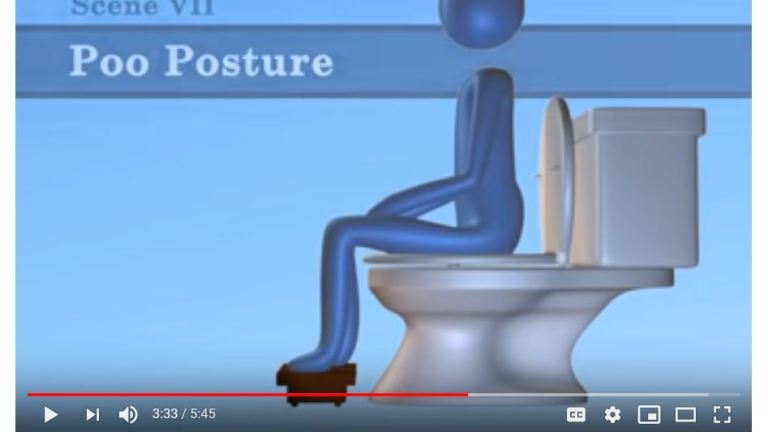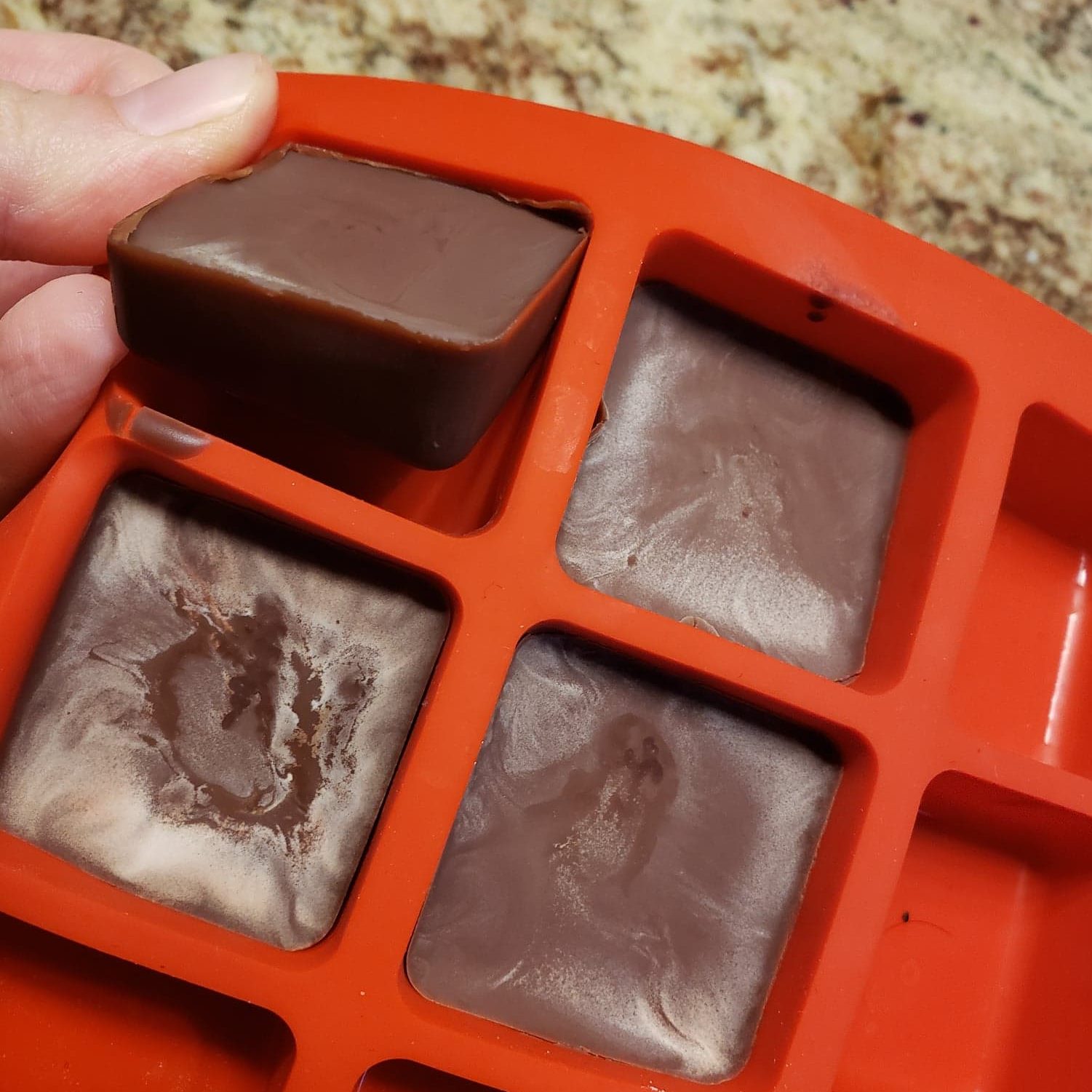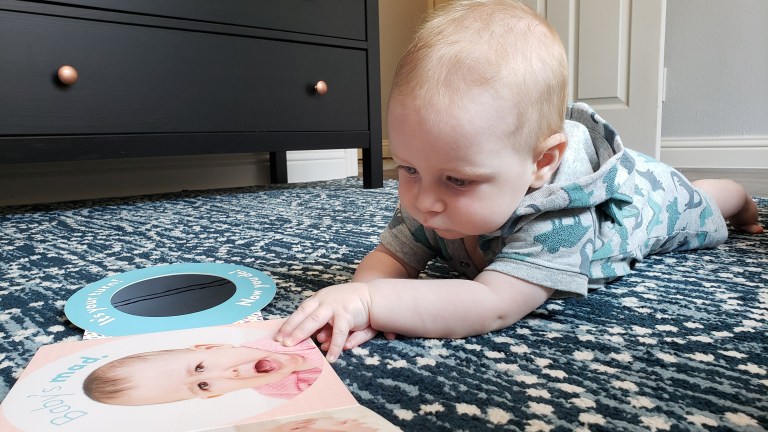“The Poo in You” is a wonderful video that briefly explains (in kid friendly terms) what happens when someone gets constipated, as well as why fecal leaks occur. This is part two of my review of the video. On the whole, I love this 5-minute movie. But there are still some things I would like to talk about.
“The most important thing to try to do is to sit on the toilet every day and try to have a poo.” (3:45). Yes. But make it a worthwhile sit. What I mean by that is often families tell me they are sitting their child on the toilet one, two, four, six, ten times a day, but their kiddo still won’t poop. And honestly, I’m not surprised. Often, when I ask details about those toilet attempts, families tell me
“it’s a battle. Crying, whining, squirming. They’ll sit for 2 minutes but then want OFF. As soon as I ask them to go, they drag their feet and resist the whole time.”
I can’t imagine what it is like to do that all day everyday (although I do sit on the bathroom floor in front of kiddos while they sit on the toilet every day). But ten times a day, every day? I would quit. So what I love to recommend is ONE toilet attempt per day, that is at least 10 minutes long. Use music, a tablet, and alternate between reward time and purposeful push time, but do whatever is necessary to help them tolerate a longer time on the toilet. Once you have that, their body can truly achieve relaxation, and their body will finally get the message, “oh, we’re sitting on the toilet, now would be a good time to evacuate. I’ll start peristalsis and push stuff out.” Otherwise, the body may never get that message. With constipation, that message is delayed, so it needs a bit more time to get the message that toileting is happening now. It’s similar to the concept of you don’t immediately feel the sensation of being full while you’re eating. It’s important to eat slow, so you can receive that message, instead of getting to a state of being over filled. Once a child is well equipped to sit successfully for 10 minutes on the toilet, work in another toilet attempt just like it after another meal. The more attempts, and the more successful practice they get, the more motivated and agreeable your kiddo may be.
“Stepping stool.” (4:11). This can be a tricky one for little ones. Generally, toilets are taller than their little legs, so when they sit on an adult-sized toilet, their legs dangle. It is important to correct this, as dangling legs can lead to hip and leg muscle activation, as well as positioning the rectum in a less-than-ideal angle that makes it more difficult for stool to pass through. Neither my husband nor I have difficulty with bowel movements or bowel health, but we both agree that the Squatty Potty has made the process even easier. Young children can use one of the stools that Squatty Potty sells. But little ones may need a small kid-sized potty on the floor, or one of the taller options that Squatty Potty sells. Ultimately, all people (kids, and adults), should have their feet supported, and their knees at the level of their hips or higher.
“Sit up straight.” (4:15). This is the one part of the video I absolutely disagree with. Sitting up straight is a position that requires all of our postural muscles to work. And our postural muscles are located as high as our neck, and as low as our pelvic floor. Our pelvic floor IS a postural muscle! So, if we are sitting up straight, using our postural muscles, that means our pelvic floor is also activated. Which means the muscles that go around our anus and urethra are also contracting – which does in fact make it more difficult to evacuate stool and urine, as well as the contraction itself sending a message to the brain telling it that now is not a good time to go, and then the brain stops sending signals to the rectum and bladder telling them to evacuate their respective materials. Sitting up straight then, is essentially the opposite of what you want to do. I like to recommend elbows or forearms resting on the thighs near the knees. This allows the body to slump forward and completely relax.
“Medicines.” (4:50). Both Miralax and Senna can be tremendously helpful. But bear in mind, that just like any medication, they need to be dosed appropriately. Too little, and nothing happens. Too much, and your child is having constant fecal incontinence. Too little fluid intake, and the medication cannot work. Ultimately, know that medications should make the stool move through faster and sustain a softer consistency. If they aren’t, something isn’t right with the equation, and likely more medication is needed, or more fluid is needed in your child’s diet.
Just like any other information we receive in life – whether that is from a doctor, social media, or a book – let’s use our own judgement, clinical reasoning, and research to guide our decisions about our lives. “The Poo in You” is a wonderful video which I agree with – mostly. I’m happy to share my ideas about it and am happy to hear your ideas too! One idea I feel strongly about is challenging the idea that many providers verbalize when it comes to kiddos with constipation – “they’ll grow out of it.” Just as I challenged some ideas in this video, I challenge you to think about that statement.
Have you disagreed with an idea, but haven’t challenged it because the information came from someone of authority? What other advice have you received regarding your child’s bowel health have you agreed with, or disagreed with? How can you integrate the ideas in this video into your routine to help your child overcome their constipation?
Related Posts










